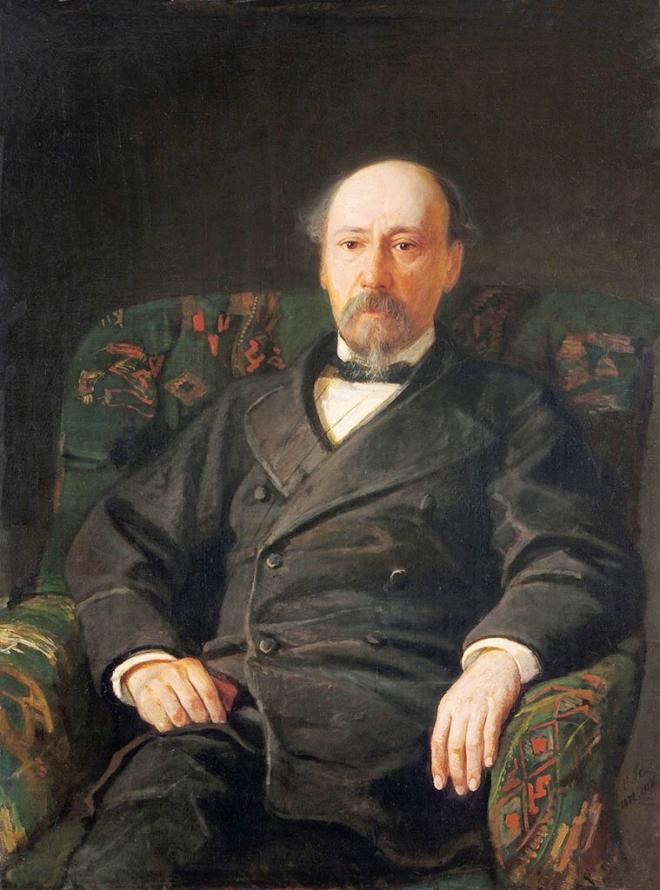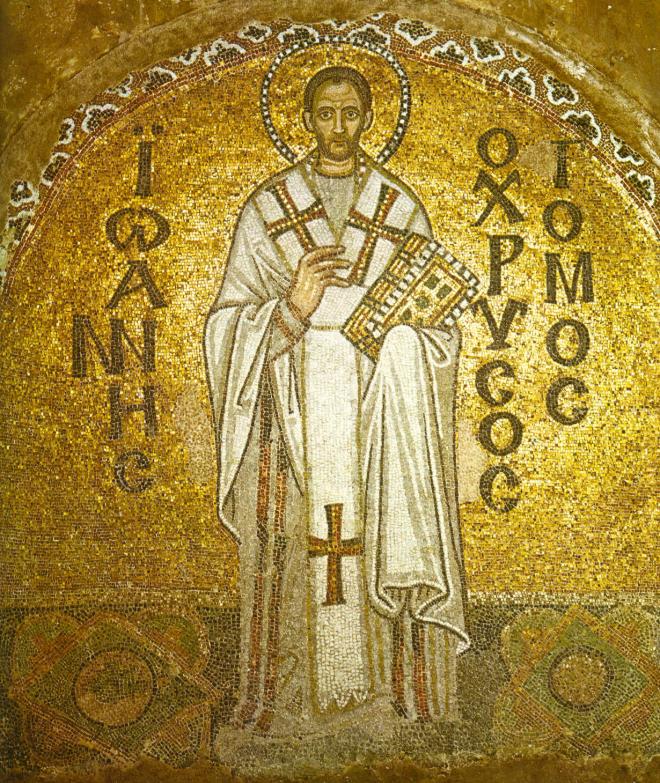Sergei Rachmaninoff (1873-1943), considered one of the greatest pianists of the 20th century, is also one of the last of the great Romantic composers. Musical celebrations abound this year, 2023 marking the 150th anniversary of the birth of this beloved musical figure. We pay tribute on WETA Classical’s Choral Showcase beginning March 26 with two of his lesser-known vocal works, both very much worth getting to know. Spring is a rare cantata written around the time of his Symphony No. 2, a particularly good time in his life; he was newly married, with a young daughter and a number of composing and conducting duties to spare.
Fascinated not so much with the idea of spring, but to the drama of rebirth and renewal, he was drawn to a poem by Nikolai Nekrasov, a much-loved “poet of the peasantry.” Spring begins with the sounds of spring, well-known to those who live in countries so close to the Arctic circle, thickly-covered in ice: “It comes, it roars, the verdant noise, the noise of Spring!” From there, it moves to the personal: a peasant couple are confined to their tiny hut; the wife has confessed she’s been unfaithful. The husband listens to the howling wind outside, thinking murderous thoughts, but as spring roars in, his torment resolves into forgiveness and love.
The poem concludes, “Love, while it is yet possible to love; Bear while it is yet possible to bear; Forgive while it is yet possible to forgive; and God will be your judge.” Scored for baritone, chorus, and orchestra, Rachmaninoff’s cantata received mixed reviews. He meant to revise the orchestration, but never got around to it; still, it remained one of his favorite works. Our performance features Arnold Voketaitis with the St. Louis Symphony Orchestra and Chorus directed by Leonard Slatkin.
If, like me, you love Rachmaninoff’s All-Night Vigil, you will very much enjoy his earlier Liturgy of St. John Chrysostom. The Chrysostom Liturgy is the main liturgy of the Byzantine rite, formulated by St. John Chrysostom, a 5th century bishop and writer known for his eloquent speaking style. The name “Chrysostom” means “golden-mouthed,” and indeed his writings still sound contemporary today.
Rachmaninoff’s Liturgy was conceived during the revival of Russian Church music in the early 20th century. He uses no actual chant, but rather, composes in the style of the Orthodox liturgy. It is perhaps for that reason that the conservative church authorities of the time rejected it as “too modern” for worship services, so Rachmaninoff dropped it and moved on. Five years later went on to write his All-Night Vigil, which achieved greater success, but the Liturgy of St. John Chrysostom suffers not at all by comparison. Find out for yourself when we present a new recording with the Estonian Philharmonic Chamber Choir directed by Haspars Putninš, Sunday, March 26 at 9pm on WETA Classical’s Choral Showcase.
PBS PASSPORT
Stream tens of thousands of hours of your PBS and local favorites with WETA+ and PBS Passport whenever and wherever you want. Catch up on a single episode or binge-watch full seasons before they air on TV.

